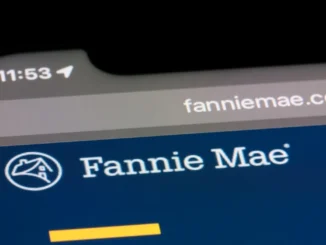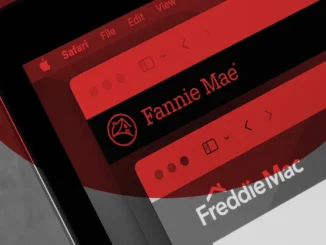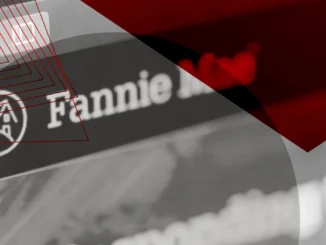
The Federal Deposit Insurance Corporation (FDIC) has named former Fannie Mae CEO and Blend president Tim Mayopoulos as CEO of Silicon Valley Bank N.A., an FDIC-operated “bridge bank” meant to protect all depositors of the now shut-down Silicon Valley Bank (SVB).
While the FDIC — an independent government agency that insures bank deposits and overseas financial institutions — declined to comment on Mayopoulos’ role, his career has been focused on financial and legal expertise.
Mayopoulos has been a member of the FDIC systemic resolution advisory committee for more than two years and has been a board member at financial services firm LendingClub — the largest online marketplace lender — since 2016. LendingClub’s mission is to transform the banking system.
After spending about 20 years as a banking lawyer, Mayopoulos joined Fannie Mae in 2009 as general counsel and corporate secretary of the government-sponsored enterprise — shortly after it was taken over by the federal government at the height of the financial crisis.
After being promoted to CEO in 2012, Mayopoulos returned Fannie Mae to profitability, delivering more than $167 billion in dividends to the U.S. Treasury and introducing new technologies to the housing finance system.
Mayopoulos resigned from Fannie Mae in 2018 and joined mortgage software startup Blend the following year, becoming one of the highest-profile executives to join the fintech industry.
Santa Clara-based SVB collapsed Friday morning after it encountered a classic run on the bank. The bank failed to raise capital to plug a $1.8 billion loss from the sale of a $21 billion portfolio of available-for-sale securities that triggered massive deposit outflows.
California regulators intervened, shutting the bank down and placing it in receivership under the FDIC.
The FDIC transferred all deposits, both insured and uninsured, and other assets of the former SVB, to a newly-created, full-service FDIC-operated “bridge bank” — a decision designed to protect all depositors of SVB, according to the government agency on Monday.
A bridge bank is a chartered national bank that operates under a board that is appointed by the FDIC. The bridge bank assumes the deposits and other liabilities, and also purchases certain assets of a failed bank. The bridge bank structure is designed to “bridge” the gap between the failure of a bank and the time when the FDIC can stabilize the institution and implement an orderly resolution.
In light of SVB’s failure, Michael Barr, vice chair of the Federal Reserve for supervision, will lead a review of the supervision and regulation of SVB.
The public review is scheduled to be released by May 1, according to the Fed.
Founded in 1983, SVB specialized in banking for tech startups, providing financing for almost half of U.S. venture-backed technology and healthcare companies. Prior to the shut-down, the bank was among the 20 largest commercial banks in America, with $209 billion in total assets at the end of 2022, according to the FDIC.



